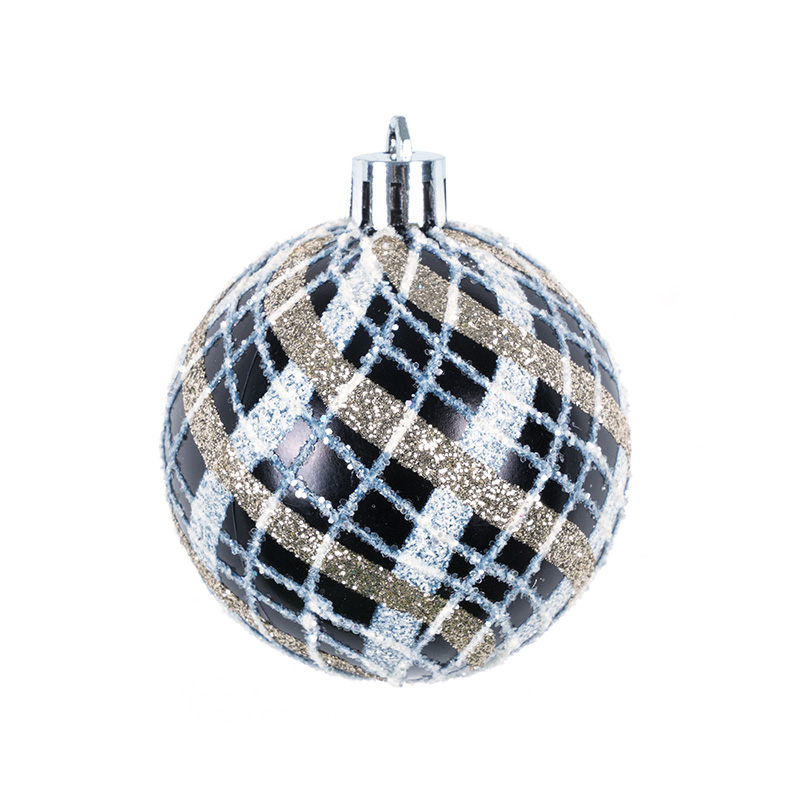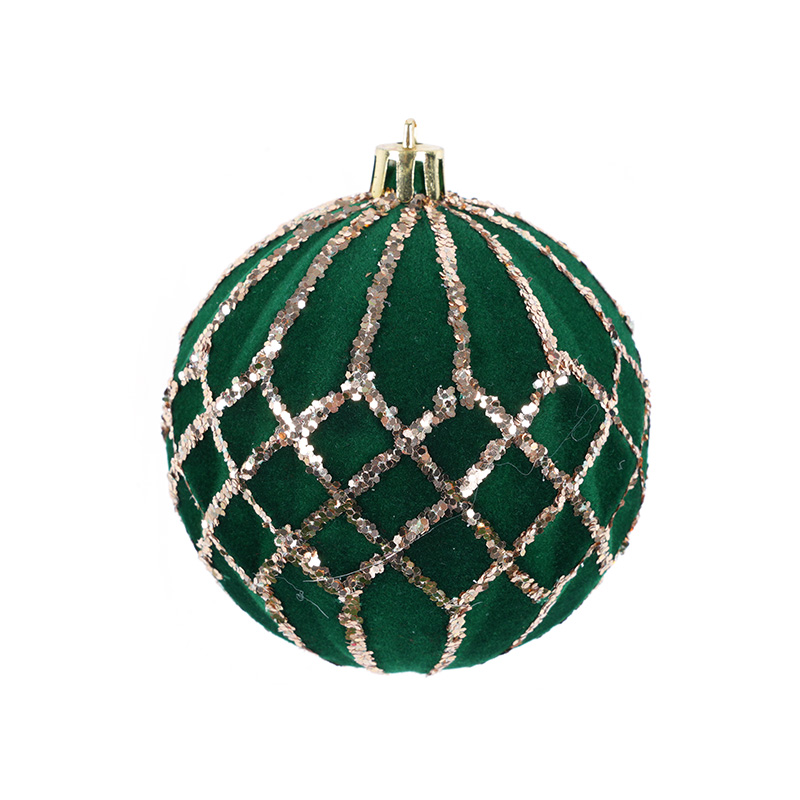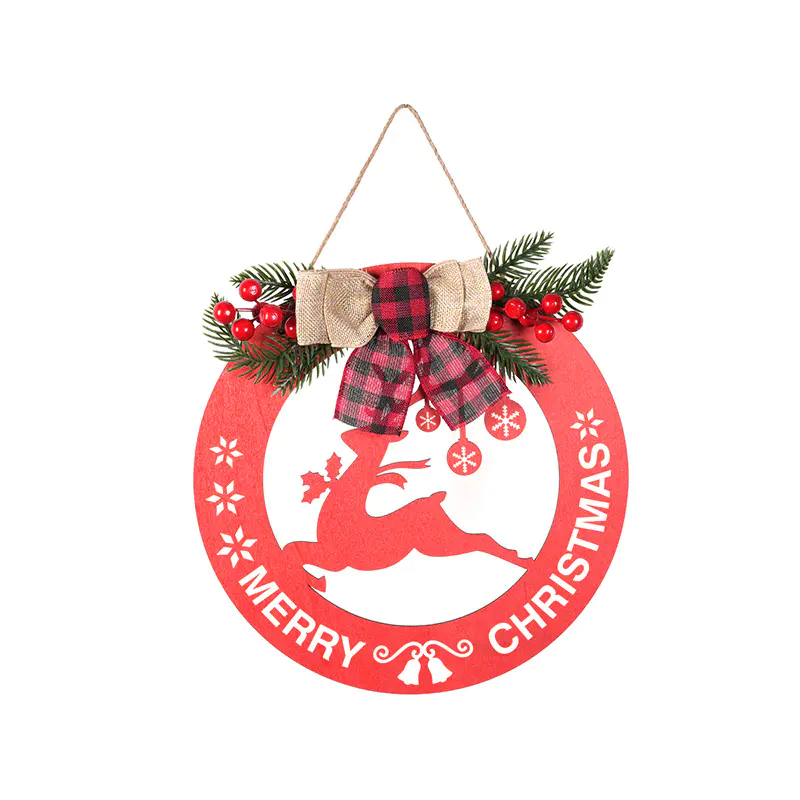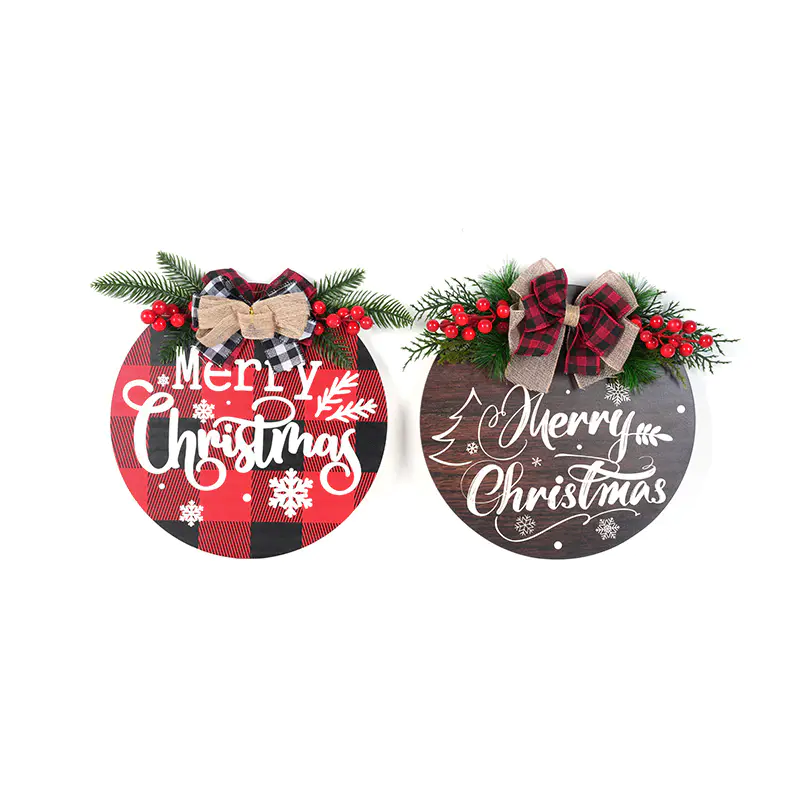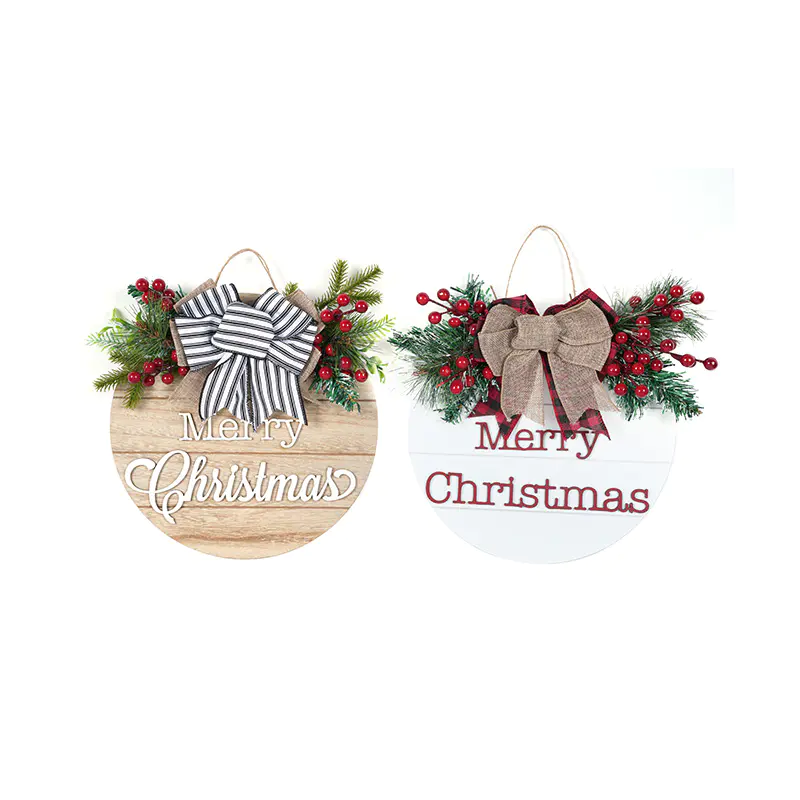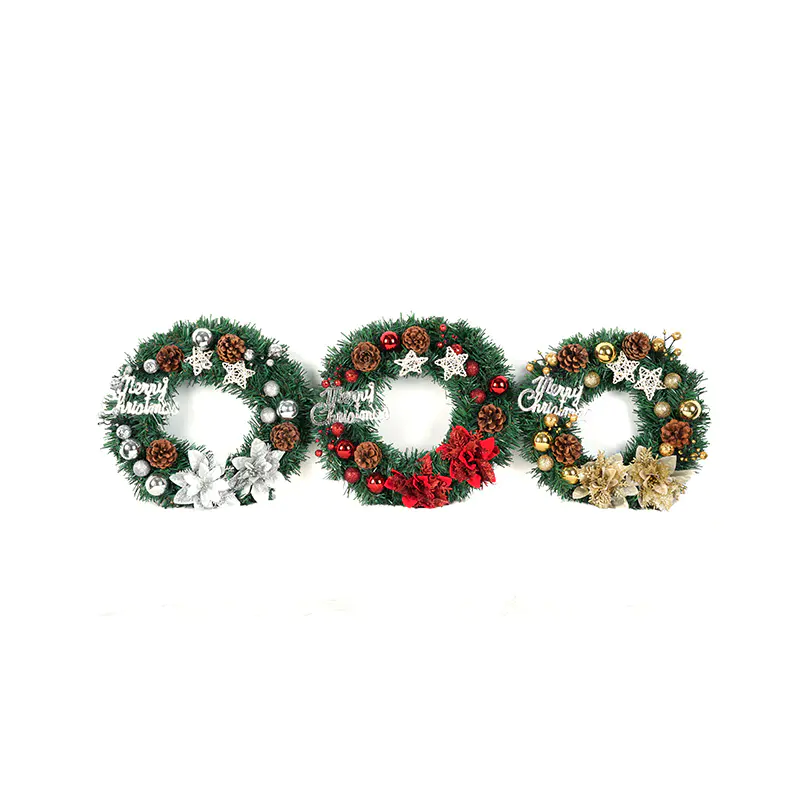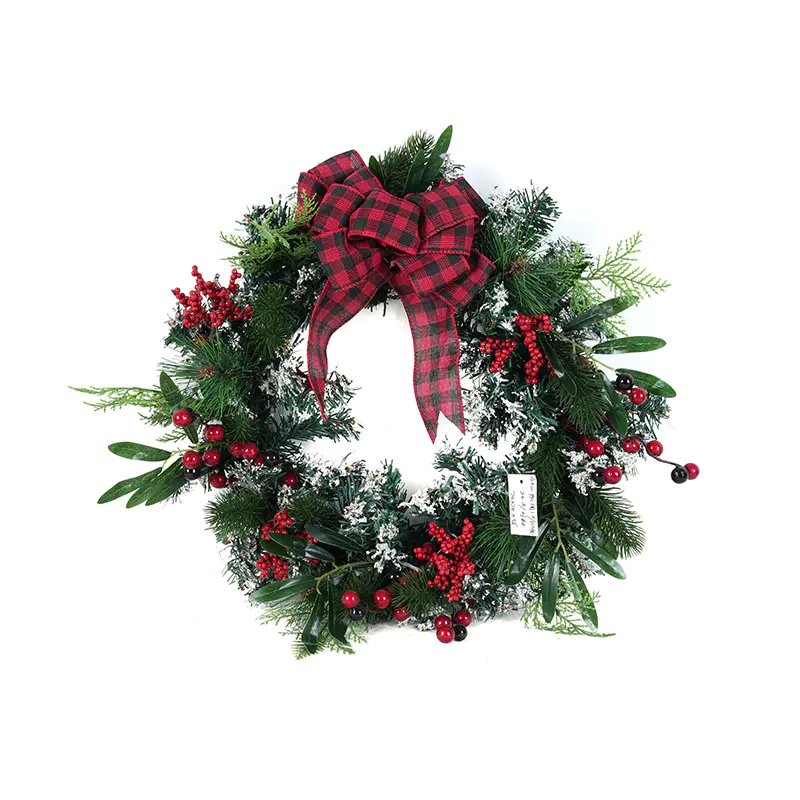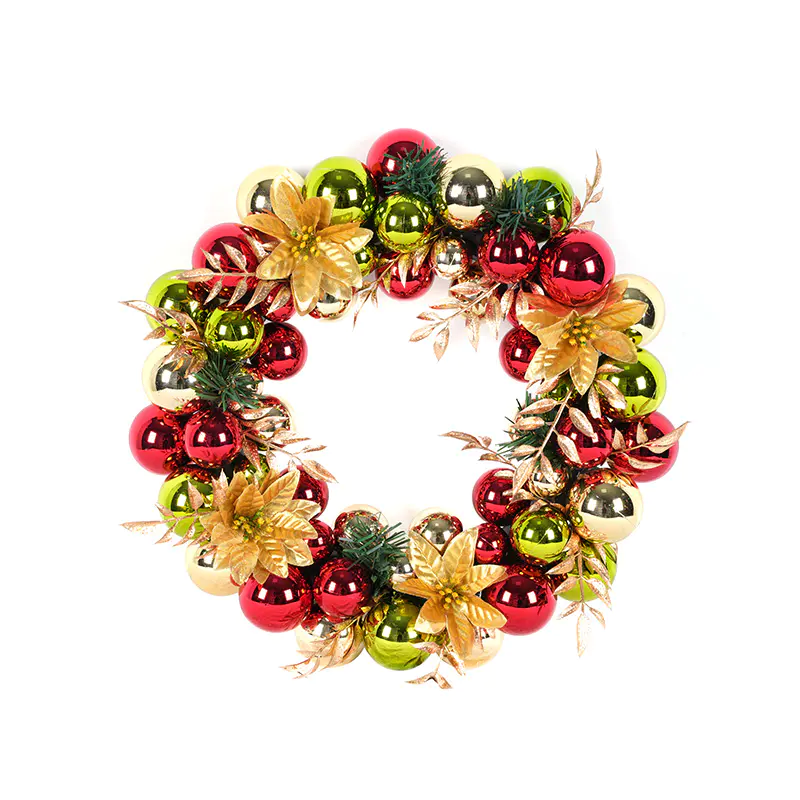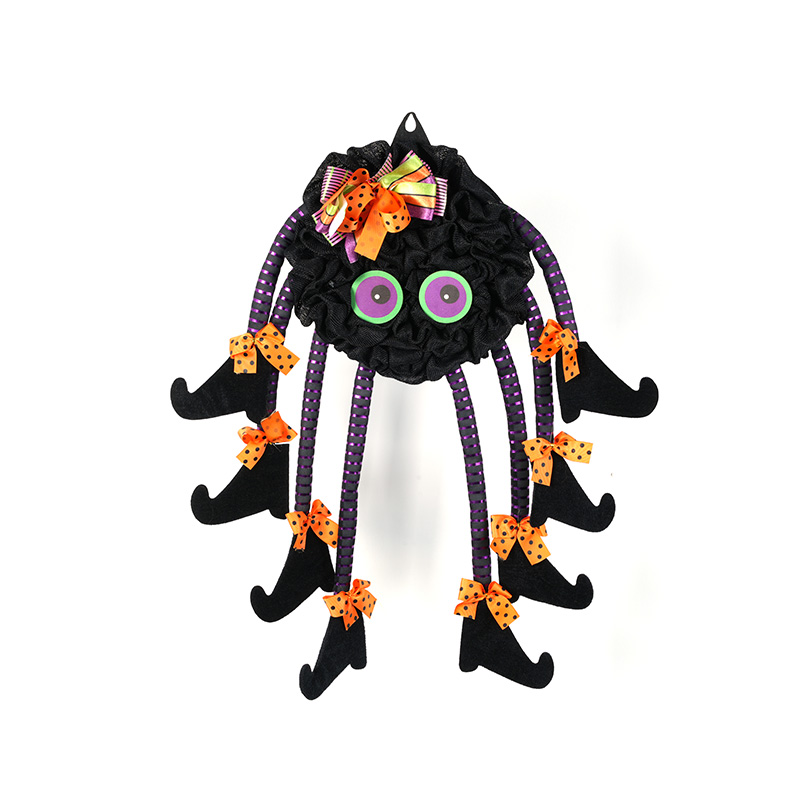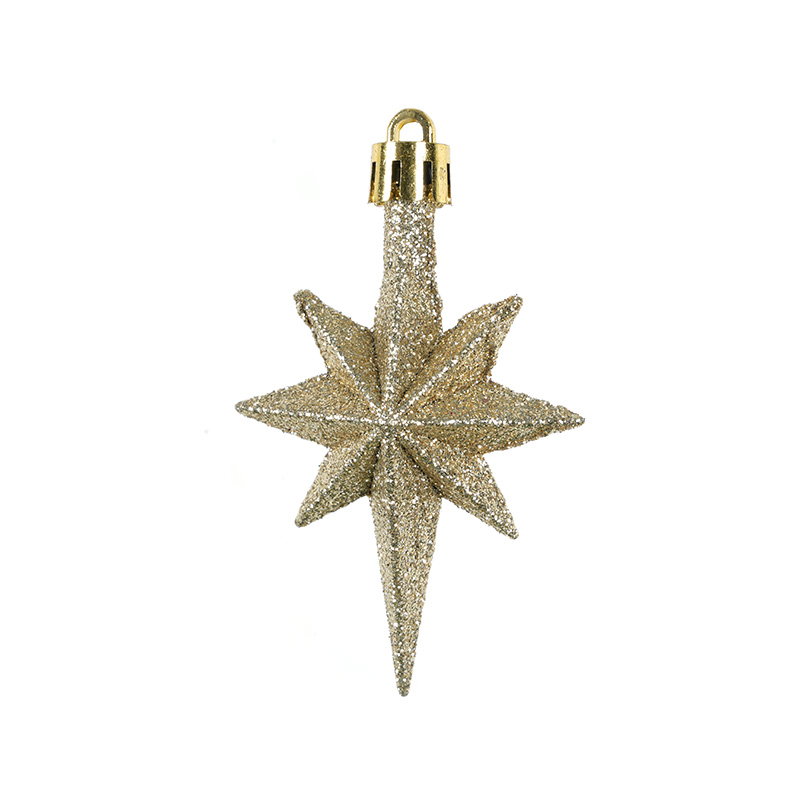
Holiday Christmas Balls are a festive staple for seasonal décor, known for their shimmering finishes, vibrant colors, and cheerful appeal. However, a common concern among consumers is whether these decorative items are prone to peeling paint or surface powder flaking over time. This article explores the factors that influence the surface durability of these ornaments and offers insights into selecting products that are both beautiful and long-lasting.
Material and Coating Quality

The likelihood of paint or glitter flaking from Holiday Christmas Balls largely depends on the materials and techniques used during manufacturing. Most ornaments are made from plastic, glass, or foam, each with different tendencies when it comes to coating adhesion.
Plastic ornaments are often coated with paint or glitter using spray or dipping methods. High-quality products typically include a protective clear coat that seals the color and decorative layer, reducing the risk of flaking. In contrast, low-cost versions may skip this final step, making them more susceptible to wear.
Glass ornaments usually hold paint better due to the smooth and non-porous nature of the surface, allowing for better paint adhesion. However, they are also more fragile, and if the glass cracks or chips, the paint may peel away at the damaged site.
Common Causes of Surface Degradation
Handling is one of the primary causes of surface damage. Frequent touching, friction during storage, or rough handling during hanging can cause paint to rub off or glitter to shed. If ornaments are stored without protective wrapping or placed in tight containers, the rubbing against one another can accelerate surface wear.
Environmental factors such as humidity, heat, and UV exposure can also weaken the bond between the surface coating and the ornament. In humid climates, moisture can seep under the paint, causing bubbling or eventual peeling. UV exposure, particularly from prolonged display near windows or outdoor use, may cause fading or reduce adhesive strength in glitter layers.
Usage Frequency and Storage Conditions
Since Holiday Christmas Balls are typically used once a year, storage conditions play a significant role in preserving their surface integrity. Dust accumulation, temperature fluctuations, or stacking heavy items on top of ornament boxes can degrade surface finishes. Ideally, ornaments should be wrapped in soft tissue, bubble wrap, or placed in dedicated ornament storage boxes with individual compartments.
Proper storage also helps reduce the risk of glitter or powder shedding, which can occur if ornaments are pressed against abrasive surfaces or exposed to air currents that dry out adhesive layers.
Differences in Manufacturing Standards
Products made with professional-grade coatings or manufactured under stricter quality control are much less likely to suffer from surface degradation. Some manufacturers apply heat-cured paints or embed glitter within layers rather than adhering it to the surface, enhancing durability.
Consumers should look for ornaments that advertise terms like “double-coated,” “UV-protected,” or “sealed finish,” which often indicate longer-lasting color and less risk of flaking. Reviews and brand reputation can also be helpful indicators when assessing product quality.
Conclusion
While some Holiday Christmas Balls may be prone to peeling or powder loss, especially when made from inexpensive materials or handled roughly, many high-quality options are designed to withstand seasonal use without significant surface damage. Choosing well-crafted ornaments and storing them properly are the ways to ensure their beauty endures from year to year. For those seeking long-term decorative appeal, investing in ornaments with sealed finishes and durable coatings is a wise and festive decision.


